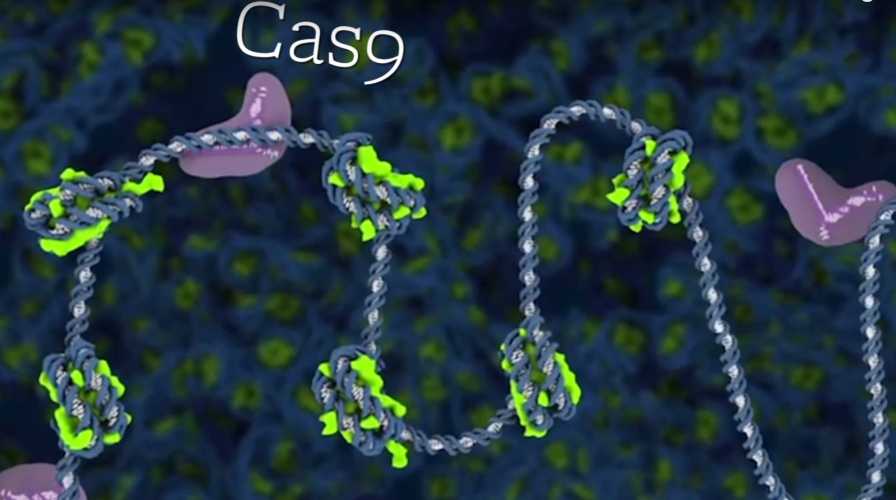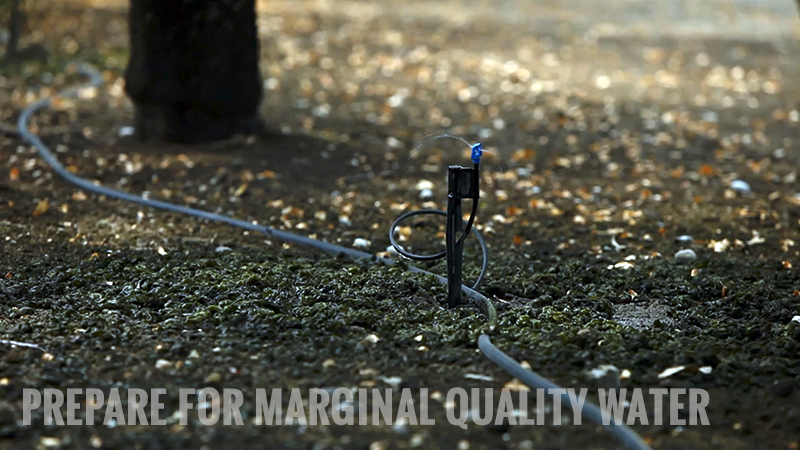Confused About GMO and CRISPR Technology? Let Science Settle It

Cas9 seeks out certain sections of DNA chains to “clip out” undesirable traits, and in some cases, add in new desirable attributes.
Illustration courtesy of UC Berkeley
Back in 2016, I wrote a feature story for Florida Grower magazine on the potential of CRISPR/Cas9 to improve agricultural productivity and maybe even overcome plant diseases like HLB in citrus. At that time, I couldn’t help but wonder and worry if anti-GMO forces would try to conflate the technologies and create another genetic bogeyman. In the past year or so, it has become clear that is exactly what they intend to do.
CRISPR, which stands for clustered regularly interspaced short palindromic repeats, was only discovered in 2012, but already there are many research projects underway to unleash the potential of the gene-editing technique. It could be one of those truly revolutionary discoveries with profound benefits to human health. In agriculture, it could supplant transgenic modification, eliminating the need to introduce foreign DNA into plants to generate input or output traits. That would leave a lot of anti-GMOers without a cause célèbre.
No worries. If CRISPR begins to replace GMO technologies, it will be the new villain. Why not? After all, opponents have been pretty successful spreading GMO hysteria with virtually zero scientific evidence there should be any reason for concern. Just look at all the food brands that carry non-GMO labels needlessly when, in many cases, there are no GMO alternatives to begin with.
Recently, the European Court of Justice (ECJ) ruled that CRISPR and other gene-edited crops must be treated and regulated like traditional transgenic GMOs. This is the opposite stance that U.S regulators have taken since it introduces no foreign DNA.
But, the ECJ ignored a 15,000-word opinion backing the science of CRISPR to rule that this technology should be treated like GMOs. Sarah Schmidt from the Heinrich Heine University said of the ruling, “It is the death blow for plant biotech in Europe.”
I have always been of the belief that besides raising money, much of the anti-GMO movement has been motivated by an anti-corporate mentality because the technology was developed and mainstreamed by the larger lifescience firms like Monsanto.
There’s a bit of irony here. One of the attributes that make CRISPR and gene editing so potentially impactful is that its research and development is relatively inexpensive when compared to GMO development, as pointed out in an article by Cameron English from the Genetic Literacy Project. That could open the door for many smaller start-up firms to invent the next great crop innovation. But, the ECJ ruling will force companies to follow the same path GMOs in Europe take, which typically costs about $35 million just to clear the regulations.
That means only large companies will be able to afford the regulatory process to bring gene-editing breakthroughs to the public. Yes, it is ironic, but it does tee up the anti-corporate, anti-GMO forces to continue to go after their traditional “Big Ag” villains.
There has been a chorus of statements from scientists around the world that this “political” ruling is not backed by science. Secretary of Agriculture Sonny Perdue said of the ECJ verdict: “The global regulatory treatment of genome-edited agricultural products has strategic innovation and trade implications for U.S. agriculture. For this reason, USDA has clear science- and risk-based policies that enable needed innovation while continuing to ensure these products are safe. In light of the ECJ ruling, USDA will re-double its efforts to work with partners globally toward science- and risk-based regulatory approaches.”
Let’s hope for the sake of progress in the most important endeavor of man — feeding people — that Europe will take heed and follow science in this matter rather than rhetoric.










